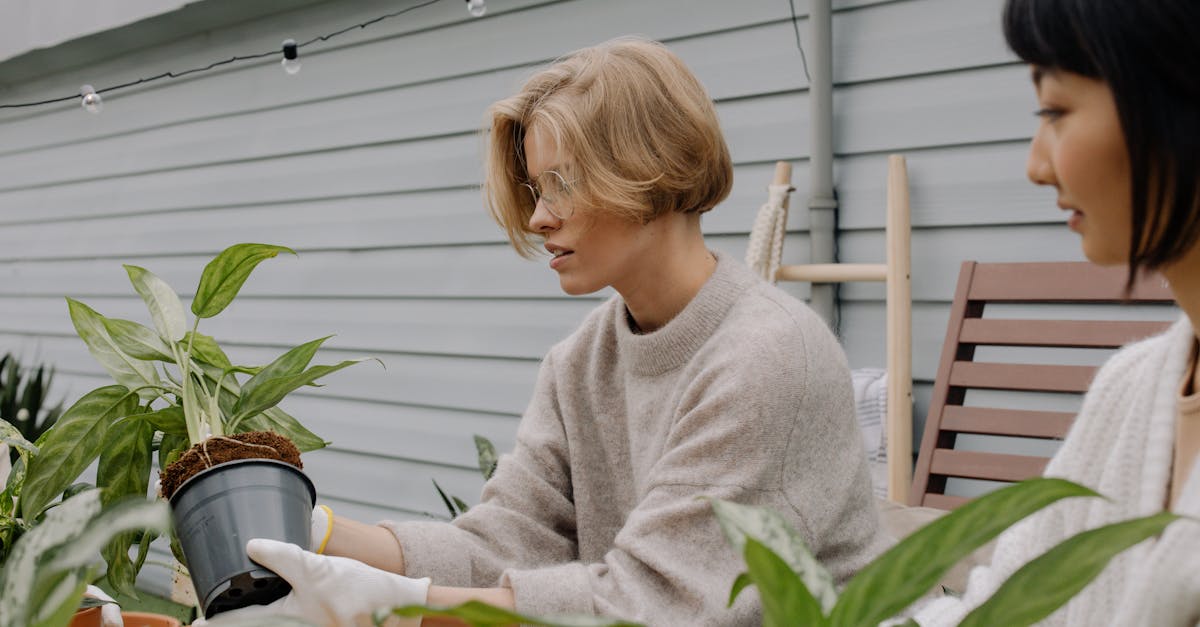Have you ever wondered why plants wilt, even though our best efforts to keep them thriving? In this text, we’ll study into the intriguing area of plant physiology to understand the science behind this common phenomenon.
From environmental factors to internal processes, we’ll investigate the various reasons why plants may start to droop and lose their vitality.
Join us as we scrutinize the secrets behind why plants wilt and how we can help them bounce back to their full glory.
Let’s plunge into this enlightening journey into the world of plant health and vitality.
Key Takeaways
- Environmental factors like sunlight, temperature, humidity, and wind play a crucial role in causing plant wilting.
- Internal processes such as water stress, transpiration, and root damage can also lead to plants wilting.
- Common signs of plant wilting include sagging leaves, discoloration, dry soil, and slow growth.
- Reviving wilted plants involves proper watering, pruning, repotting, and ensuring adequate light for recovery.

Environmental Factors Affecting Plant Wilting
When it comes to plant wilting, various environmental factors play a significant role. Let’s study into some key aspects that can impact the vitality of our green friends:
- Sunlight: Plants need adequate sunlight to photosynthesize and thrive. Too much direct sunlight can lead to excessive transpiration, causing wilting.
- Temperature: Extreme temperatures, both hot and cold, can stress plants, affecting their water absorption and leading to wilting.
- Humidity: Low humidity levels can result in excessive water loss through transpiration, accelerating plant wilting.
- Wind: Strong winds can increase transpiration rates, drying out plants and contributing to wilting.
To learn more about how environmental factors affect plant health, check out this insightful resource from Gardening Know How.
Internal Processes Leading to Plant Wilting
When plants wilt, it’s not just about external factors like sunlight and wind. Internal processes within the plant also play a significant role in this phenomenon.
- Water Stress: Plants wilt when they lack water and cannot maintain turgor pressure, causing their cells to shrink and leaves to droop.
- Transpiration: Excessive water loss through transpiration can lead to wilting. Transpiration is the process where water evaporates from the plant’s leaves.
- Root Damage: If a plant’s roots are damaged or diseased, they may not be able to absorb enough water, leading to wilting.
For more detailed insights, you can check out this article on plant wilting causes from Gardening Know How.

Common Signs of Plant Wilting
When plants begin to wilt, they show certain signs that indicate trouble. Some common indications include:
- Sagging or Drooping Leaves: The leaves lose their firmness and start to hang down.
- Discoloration: Wilting may cause leaves to change color, appearing dull or brown.
- Dry Soil: Checking the soil moisture is critical, as wilted plants often have dry soil.
- Slow Growth: Stunted growth or wilting can be a sign of underlying issues.
Observing these symptoms promptly can help us address plant wilting effectively. After all, early detection is key to preventing further damage. For more insights on plant health, visit Gardening Know How.
Ways to Revive Wilted Plants
When it comes to reviving wilted plants, a few simple steps can make a big difference in their recovery. Here are some effective methods that can help bring your plants back to life:
- Watering: Ensure the plant receives the right amount of water, neither too much nor too little.
- Pruning: Trim off any dead or damaged leaves to allow new growth to emerge.
- Repotting: Transplant the plant into fresh soil to provide it with important nutrients.
- Light: Make sure the plant is getting adequate sunlight to support its growth.
For more detailed tips on plant revival techniques, you can visit Gardening Know How.
After all, with a little care and attention, wilted plants can often bounce back to their former glory.

